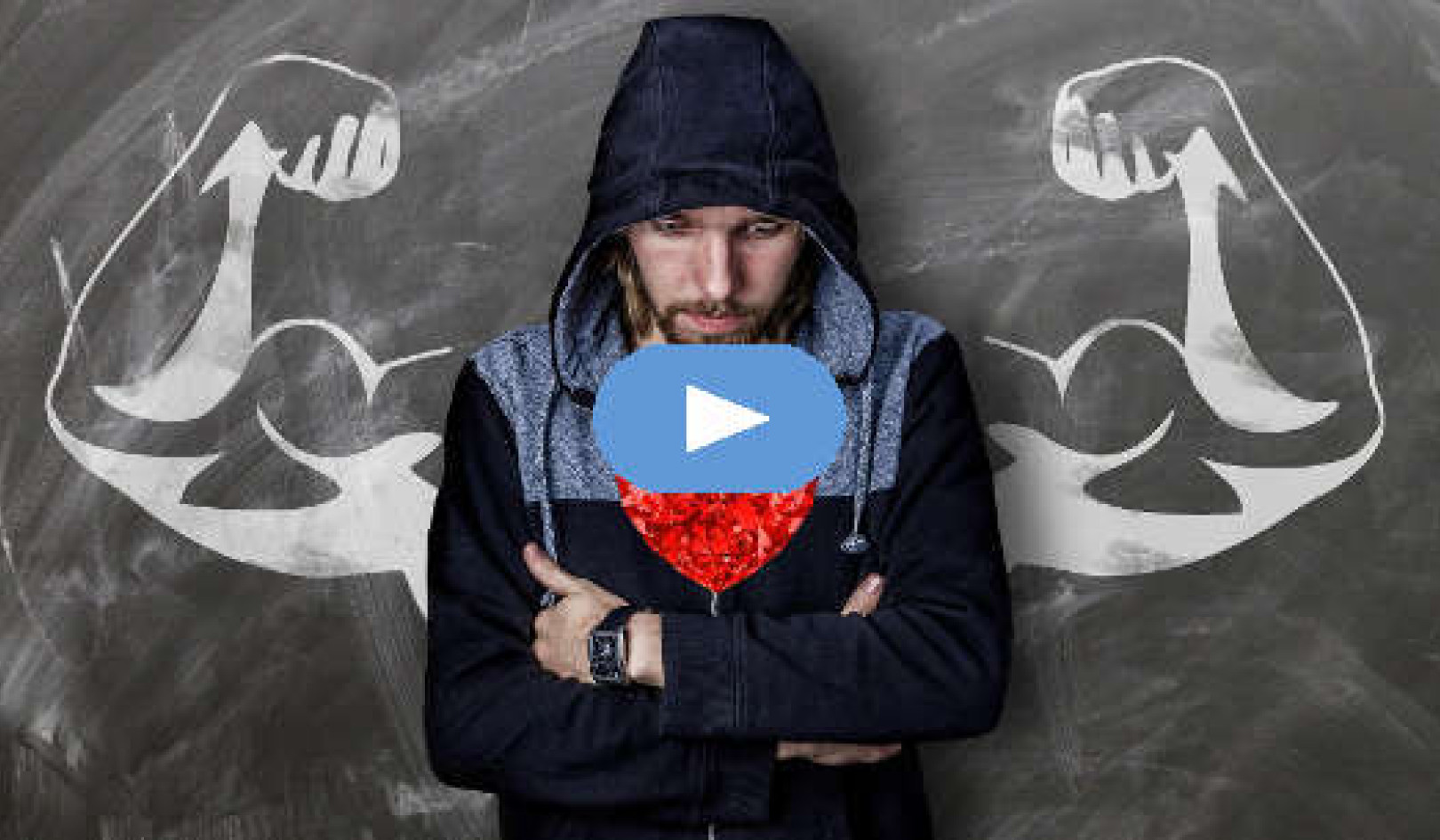 Like mother, like daughter. Paul Hennessy/SOPA Images/LightRocket via Getty Images
Like mother, like daughter. Paul Hennessy/SOPA Images/LightRocket via Getty Images
I’m a pediatric nursing professor with four young children. The youngest is 9 months old and the oldest is 9. My oldest will soon enter third grade, and his brother will be in second. My family plans to send them both back to their school for in-person instruction in mid-August.
Our school district is following an Indiana mandate, which requires students in third grade and up to wear masks. Because I believe all children who can wear a mask should do so, no matter what’s required, both of my sons will be wearing masks. I know this is easier said than done but, in my view, this struggle is worth the effort.
Even basic cloth face coverings can reduce the amount of virus particles someone infected with the coronavirus emits, cutting the risk it will spread. Masks are a key way everyone can help contain the pandemic.
Most students returned to schools in Corinth, Mississippi on July 27, 2020, with 13% opting to learn online.
{vembed Y=a2HJyDUftUs}
2-year-olds can do this
Although there’s a growing number of U.S. communities that will begin the 2020-2021 school year virtually, many others, like mine, are resuming in-person learning or using a hybrid format that combines both a distance approach and classroom instruction.
More than 30 states are requiring that anyone age 10 and older wear masks in public. In several states, such as Massachusetts, California and Connecticut, these rules apply to children as young as 2. Some school districts not subject to state mandates have their own mask policies.
While these requirements generally apply to older kids, toddlers can safely wear masks once they turn 2. For younger toddlers and babies there’s a risk of suffocation.
Once they turn 2, children without physical or mental conditions that could be exacerbated by wearing a mask, such as severe breathing difficulties or sensory processing disorders, can safely wear cloth masks, according to the Centers for Disease Control and Prevention.
That means all kids attending classes in person can safely wear masks for the duration of the school day without compromising their oxygen levels. The main exceptions are when they eat and possibly during exercise – times when social distancing must be enforced.
Eight hours a day
Children need to wear masks while boarding and riding the school bus, while entering and exiting school buildings and in classrooms. That adds up to as many as eight hours a day.
One size can’t fit them all. The typical pediatric-sized mask is 5-10 inches wide, which may be too big or too small depending on the size of a child’s face.
Masks should cover the nose and mouth and fit snugly under their chin. Kids can wear the same mask all day unless it gets wet or soiled. Even so, all schoolchildren need spares. Because masks need laundering after being worn all day, students shouldn’t use the same one to school two days in a row.
Children and teens are likely to have either mild COVID-19 symptoms or none at all. Still, student masks are important for the protection of everyone around them, including the teachers, custodians, bus drivers and school staff who face the constant risk of viral exposure with in-person instruction.
Tell and show
Parents and other guardians need to talk with their children about why they need to wear a mask, using age-appropriate terms.
Kids 5 and under should hear that if they wear a mask, it will help keep others from getting their germs. They should know that if everyone does this, fewer people will get sick and the pandemic will end sooner.
Because school-aged children tend to focus on rules, it’s best to emphasize that this is a new rule they must follow.
Teens may be hesitant to wear masks for fear that it makes them look different. It will help to appeal to their social side. Teens who feel like everyone else is wearing masks will be more likely to don one too.
For their masks to make a difference, children should know how to properly wear them.
Masks covering both the nose and the mouth block more viral particles. It’s important to avoid touching your face while wearing a mask or adjusting it so it doesn’t fit snugly.
Children need learn to wash or sanitize their hands before and after putting their masks on and the importance of leaving their masks alone once they’re in place. Some school systems, including the one in Corinth, Mississippi, are giving students lanyards to keep their masks handy. As long as the lanyard holds a mask’s outside corners together by the ear loops and kids don’t touch them, then I think that’s a good option.
Before schools open their doors again, families need to practice keeping masks over little noses, keeping hands off little faces and taking masks off correctly – pull off by the ear loops, fold the outside corners together, and put masks in a designated space for laundering. Don’t leave this up to teachers, who aren’t supposed to get within arm’s reach of students because of social distancing.
Toddlers want to do everything themselves, so showing them how to correctly put on their mask and then letting them do it themselves can make them more eager to cooperate.
Preschool children are great imitators. They’re likely to follow examples set by parents or older siblings.
I recommend that all parents and other guardians recognize the influence they have over their kids. If moms, dads and other loved ones wear masks whenever they come into contact with anyone outside their households, it will help ensure that the kids they care for willingly follow school rules regarding masks.![]()
About The Author
Meg Sorg, Clinical Assistant Professor of Nursing, Purdue University
This article is republished from The Conversation under a Creative Commons license. Read the original article.

Related Books:
Here are 5 non-fiction books on parenting that are currently Best Sellers on Amazon.com:The Whole-Brain Child: 12 Revolutionary Strategies to Nurture Your Child's Developing Mind
by Daniel J. Siegel and Tina Payne Bryson
This book provides practical strategies for parents to help their children develop emotional intelligence, self-regulation, and resilience using insights from neuroscience.
Click for more info or to order
No-Drama Discipline: The Whole-Brain Way to Calm the Chaos and Nurture Your Child's Developing Mind
by Daniel J. Siegel and Tina Payne Bryson
The authors of The Whole-Brain Child offer guidance for parents to discipline their children in a way that promotes emotional regulation, problem-solving, and empathy.
Click for more info or to order
How to Talk So Kids Will Listen & Listen So Kids Will Talk
by Adele Faber and Elaine Mazlish
This classic book provides practical communication techniques for parents to connect with their children and foster cooperation and respect.
Click for more info or to order
The Montessori Toddler: A Parent's Guide to Raising a Curious and Responsible Human Being
by Simone Davies
This guide offers insights and strategies for parents to implement Montessori principles at home and foster their toddler's natural curiosity, independence, and love of learning.
Click for more info or to order
Peaceful Parent, Happy Kids: How to Stop Yelling and Start Connecting
by Dr. Laura Markham
This book offers practical guidance for parents to shift their mindset and communication style to foster connection, empathy, and cooperation with their children.

























